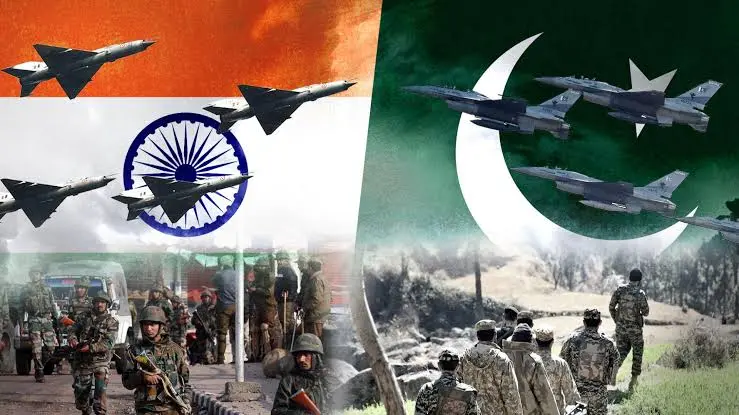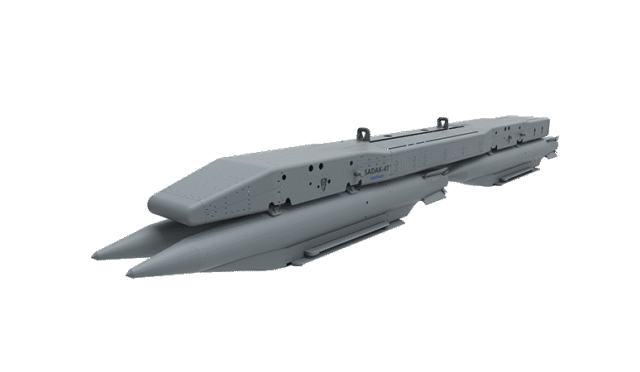The brief military skirmish that began on May 6 with India’s airstrikes on what it called “non-military targets” inside Pakistani territory quickly escalated into a tense exchange of fire between the two nuclear-armed neighbors. What drew global attention, however, was the reported downing of India’s French-made Rafale fighter jets—an incident that shook confidence in one of the West’s most heavily marketed aircraft platforms.
The Rafale Shock: A Window of Opportunity for Turkish Defense Industry
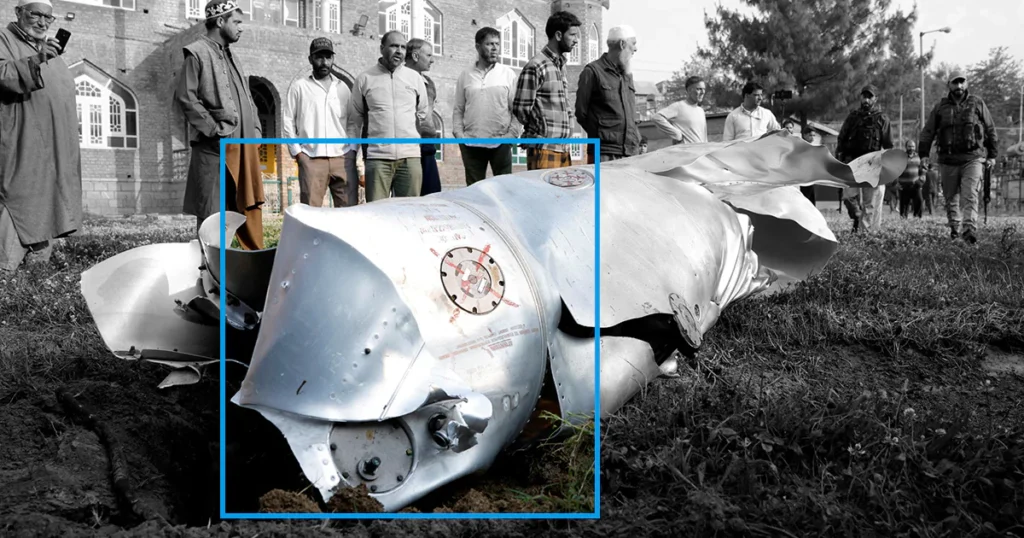
The loss of Rafale aircraft—widely perceived as superior to legacy fighters like the F-16—sparked concerns in countries that have invested heavily in the platform, such as Greece, Egypt, Qatar, and Indonesia. While full details are still emerging, the incident has exposed vulnerabilities in a system long considered near-invulnerable.
In this context, the rise of Turkey’s defense industry becomes all the more significant. With its national fighter jet project KAAN attracting increasing attention, Turkey is positioning itself as a serious contender in the combat aircraft market. Although not yet operational, KAAN represents a modern, cost-effective, and independent alternative to existing platforms, offering strategic flexibility—especially for countries with limited access to Western or Chinese fighters. Designed through the lens of Turkey’s extensive combat experience, KAAN is not only a domestic project but also a promising option for friendly nations seeking sovereignty in airpower.
The Impact of UAVs: Effective Deterrence with Limited Resources
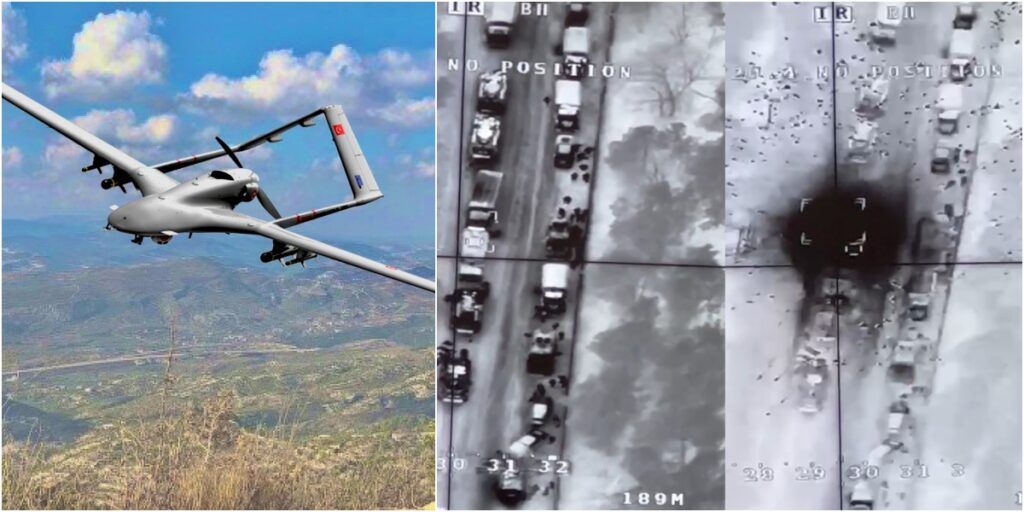
While Pakistan is believed to have used Chinese-made JF-17 or J-10C fighters in response, the broader lesson lies in Islamabad’s growing ability to leverage versatile platforms with remarkable pilot proficiency. The reported success highlights not just equipment performance, but also the operational maturity of Pakistan’s air force—a force clearly capable of mounting timely, precise responses under pressure.
In parallel, Turkey’s success in developing a wide spectrum of unmanned aerial systems (UAS)—from Bayraktar TB2 to Akıncı and Anka—has already reshaped modern warfare by balancing affordability and effectiveness.
This mirrors a new operational logic: having multiple interoperable systems that complement each other. Turkey’s proven UAV combat effectiveness, combined with its scalable defense ecosystem, positions it as a unique partner for nations seeking integrated, field-tested solutions. With the KAAN project on the horizon, Turkey is moving closer to offering end-to-end military aviation solutions—from reconnaissance drones to manned fighter jets.
Caught Between the U.S. and China: Turkey as a Strategic Third Option
For many countries caught between expensive, politically conditioned U.S. platforms (like the F-35 or modernized F-16s) and opaque Chinese systems, Turkey offers a rare third path: access to high-end technology coupled with the possibility of co-production and local industry development. Through companies like TUSAŞ, ASELSAN, and ROKETSAN, Turkey promotes defense cooperation models that go beyond arms sales—fostering genuine industrial capacity building.
This makes the Turkish defense industry not merely a supplier, but a strategic enabler for nations aspiring to autonomy in security and defense.
Conclusion: A New Projection of Power, and Turkey’s Expanding Role
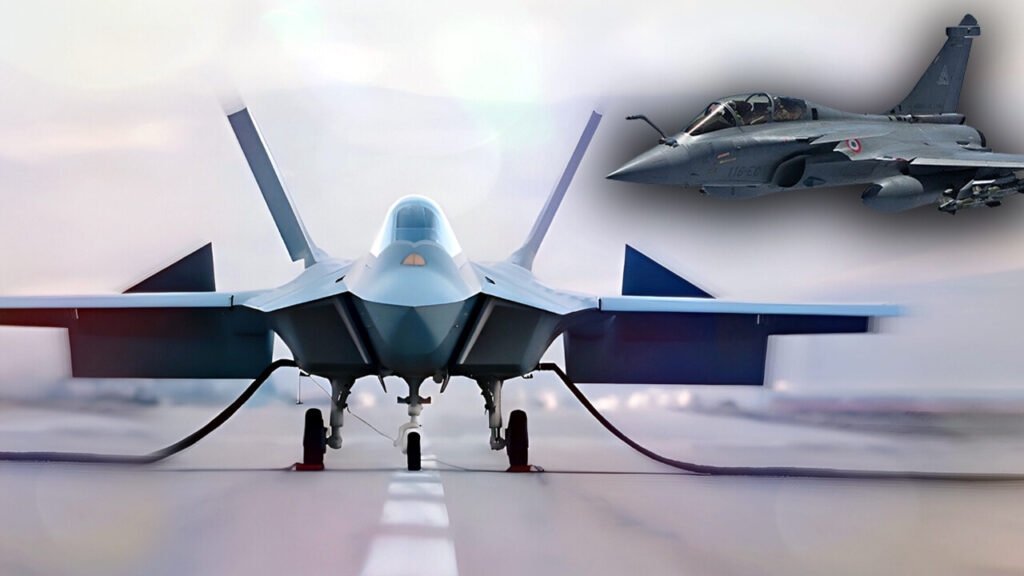
The recent Pakistan-India skirmish highlights that air-to-air combat still plays a critical role in deterrence and prestige. But more importantly, it reflects a shift in the defense paradigm: success today depends not just on individual platforms but on system-level integration, operational flexibility, and technological independence.
Turkey’s defense offerings—battle-proven, modular, and adaptable—are well-aligned with these emerging needs. As such, Turkey is no longer just a drone manufacturer; it is poised to become a credible and competitive actor in the fighter jet arena as well. The KAAN project embodies this shift, representing not only a national milestone but also a viable alternative for countries seeking to escape the binary trap of East-West defense dependency.
